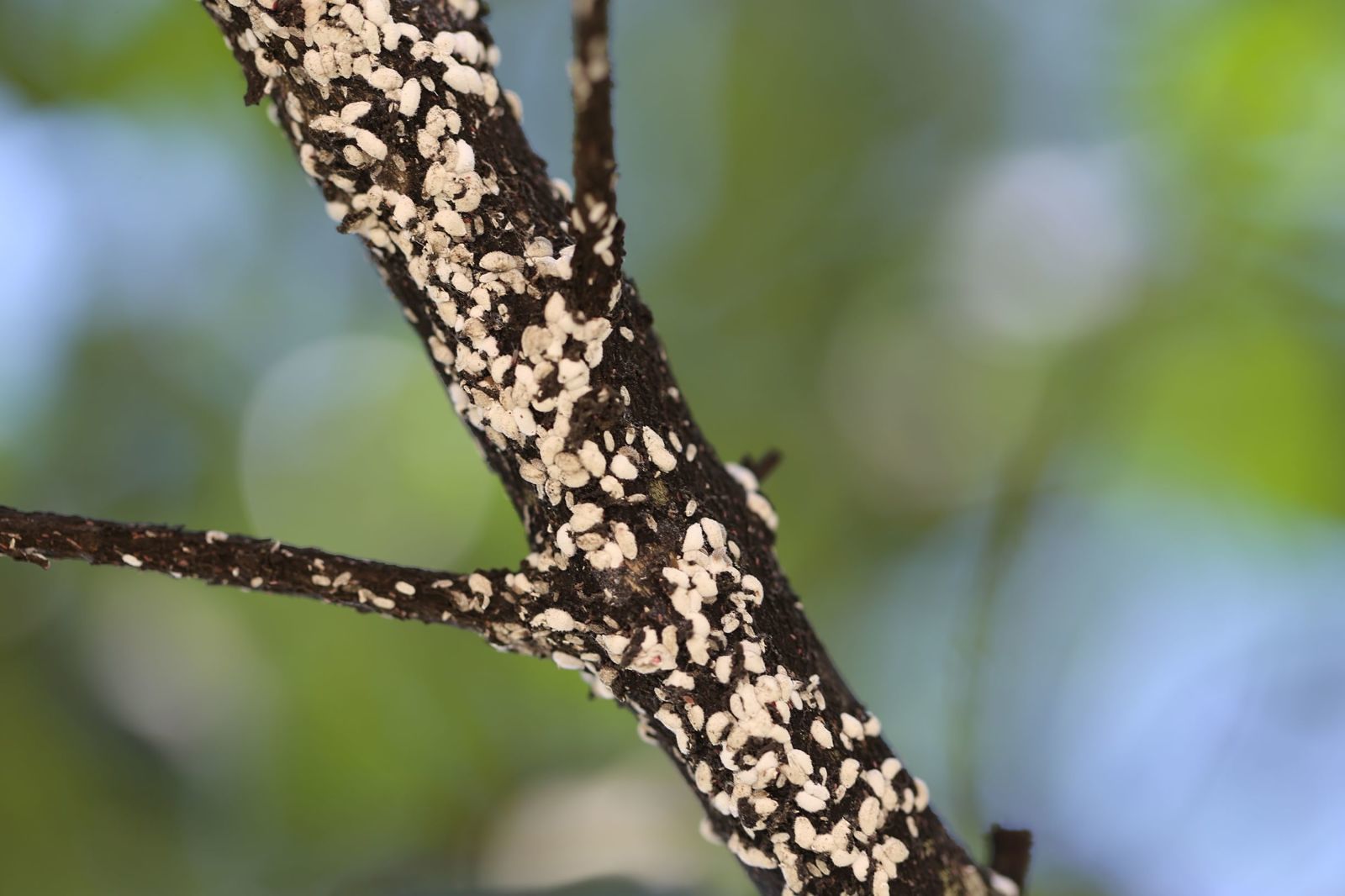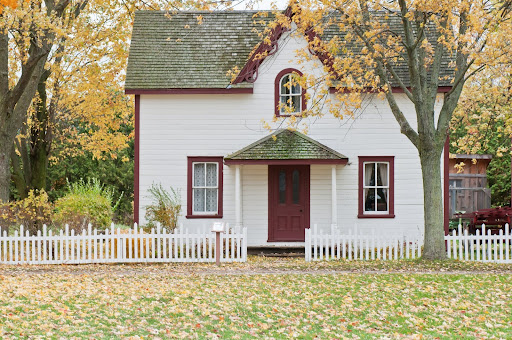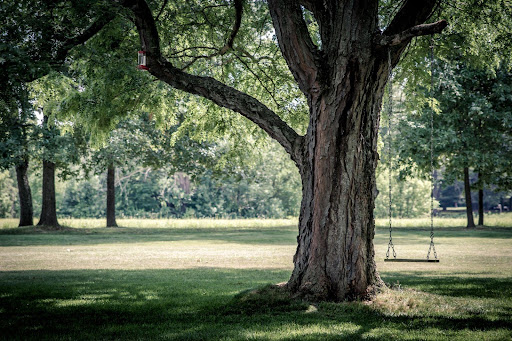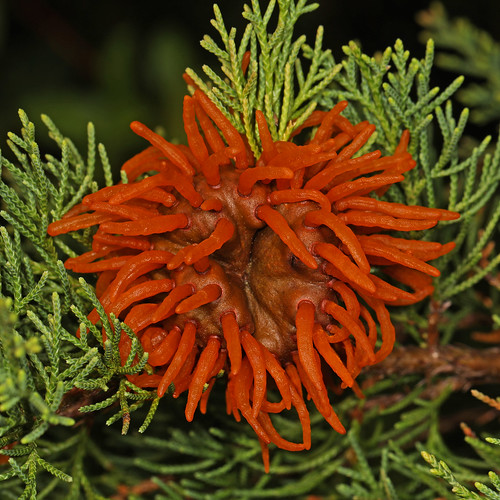
How to Treat Crape Myrtle Bark Scale
Date May 14, 2022
Category
If you’re a Texas homeowner or property manager, there’s a good chance you’ve seen crape myrtle bark scale on your trees. It’s been a growing problem ever since its first appearance in the US – in McKinney, TX, to be precise! – back in the early 2000s. This pesky insect can cause a lot of damage to crape myrtles, so it’s important to know how to quickly treat it.
In this blog post, we’ll tell you all the essentials you need to know about crape myrtle bark scale and how to get rid of this common crape myrtle disease!
What Is Crape Myrtle Bark Scale?
Bark scale is a white to gray-colored insect about 2 millimeters long, most attracted to pruning sites and branch crotches (the spot where a branch splits from the trunk or from another branch). The first indicator of trouble is a coating of black sooty mold.
Tip: Call in professional tree care experts to confirm what’s causing the black sooty mold, as it’s also a sign of another very similar illness that’s caused primarily by aphids. If you wait for more symptoms to appear, it may end up being too late. An ISA-Certified arborist will be able to tell the difference before then.
Read more about it in our recent post What Is the Black Residue on My Crape Myrtle Trees – What Can I Do About It?
Crape Myrtle Bark Scale Treatment
The most effective method of crape myrtle disease treatment is applying systemic insecticides, but be sure not to skip any prior step to get the most thorough treatment.
- The most effective method is applying systemic insecticides.
- If you have caught the first signs of black soot, you can try to remove them with soapy warm water,
- If the canopy is bare or very nearly bare, apply a generous amount of dormant oil. While it won’t kill all of the bugs on the crape myrtle trunk, it should get the process started on most.
- Finally, around the end of March into early May, it’s the ideal time to administer a systemic insecticide. To prevent any misapplication that could end up worsening the problem, have an ISA-Certified arborist handle this step at the least. That way, you have no worries about being sure your crape myrtle bark scale has been taken care of right!
Will Crape Myrtle Bark Scale Kill My Tree?
Thankfully, there is little reason to fear that your crape myrtle will die from a bark scale infestation alone. Still, treatment will definitely be necessary to prevent it from weakening your tree and allowing secondary pests and diseases to advance. . While your tree will most likely live, be aware that bark scale will drastically thin out your crape myrtle’s blooms while keeping the branches covered in a very unattractive black and white coating.
How Do I Keep Bark Scale from Spreading?
When pruning away any infected branches, properly dispose of the wood. If you’re able to in your area (and please double-check first!), safely burn the wood in a very controlled environment.
If that’s not possible for you, you also can double up the trash-bagging and leave for your city waste management pickup. Once the pests have died, they may still be attached to the trimmings but otherwise can no longer cause any harm.
So, if you’re seeing potential signs of crape myrtle bark scale on your trees, it’s time to take action. Contact TreeNewal today for help with identifying and getting this common crape myrtle disease under control!
If you need advice or assistance with checking the health of your trees, get in touch with the ISA-certified arborists at TreeNewal and enjoy tailored tree care advice.
To learn more about How to Treat Crape Myrtle Bark Scale, call our Argyle and Southlake-based teams
at (817) 592-6846 or send us a message.
We’re a little different than the average tree services company.
Learn more about TreeNewal’s ISA Certified Arborists!
Our Dallas/Fort Worth-based tree doctors can explain how sustainable tree care services add more value to your bottom line.
Healthy trees, healthy lives.








